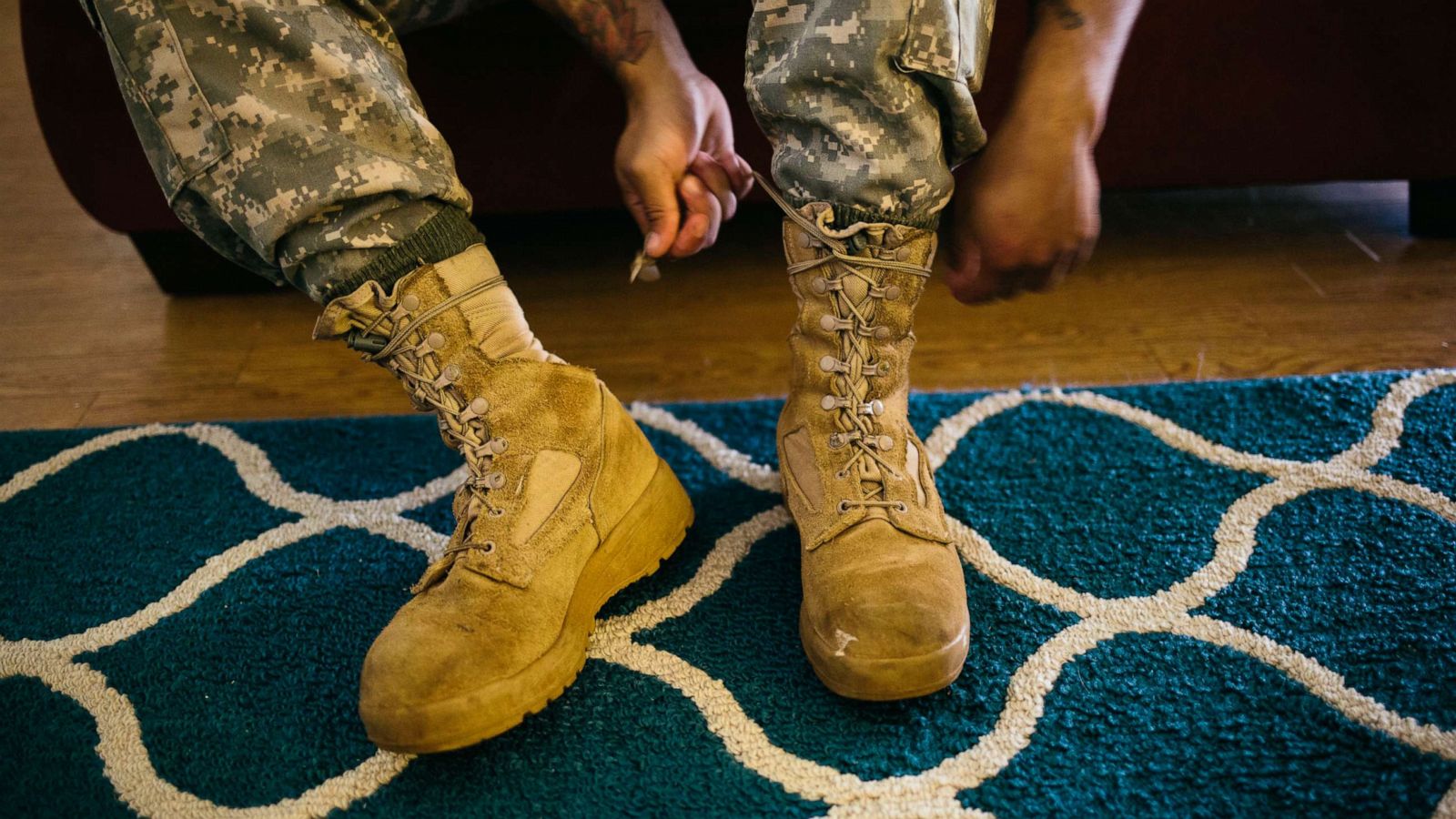How Many Transgender People Serve in the Current US Military?

Until 2021, you’d find a very small number of transgender people in the military – Trump’s presidential policies effectively (although not always explicitly) made it illegal to serve in the forces as a trans person.
However, in spring 2021, the Pentagon announced a new set of rules, which change everything!
From 30th April, the rules mean that:
- Serving military personnel can transition while serving, following a formal process.
- Nobody can be discharged or refused the opportunity to re-enlist based on gender identity discrimination.
- New procedures are being developed by which the US military can change the gender status of a person held on file.
- The Defence Health Agency is preparing practice guidance to support medical care for military personnel formally diagnosed with a gender dysphoria condition.
All of this is excellent news for thousands of activists and those seeking to transform the transgender in the military policy.
The military employs people across various roles, from logistics to administration, medical care to dentistry.
It is a real positive that changes mean transgender people can apply for a position, whether that’s as a serving armed forces member or in a supporting role.
Why Were Transgender People Previously Not Allowed to Join the Military?
It’s a complex topic, and although Trump’s ruling meant that transgender people couldn’t serve from 2017, there is a lot wrapped up in this decision.
Some of the primary concerns are:
- Cost burdens on the public purse to cope with the medical and financial costs of supporting transgender military members.
- The potential for service people to be unfit for duty if they are dealing with profound mental health issues related to gender dysphoria.
- Challenges around integration and acceptance from their peers.
Of course, most of the restrictions meant that trans people were still very much in the military – although in secret.
The old ‘don’t ask, don’t tell’ regime is ancient history, as well it should be.
Now, trans people can be open about who they are and still take great pride in representing the needs of their nation and protecting its security.
What Are the Remaining Transgender Difficulties?
It’s impossible to underestimate the challenges associated with being trans. A lot depends on where you live and the cultural acceptance in place.
Let’s examine some of the top issues and why life is that much harder for trans people.
Health Inequality
The differences in healthcare standards for CIS and trans individuals are significant.
Examples include:
- Increased exposure to HIV infections.
- Lack of access to primary care.
- Few tailored, individual healthcare plans.
- Variances in healthcare related to transitioning.
- Higher rates of suicide and attempted suicide.
Economic Disparity
Discrimination takes many forms, and one place it’s evident is in employment and the economic deprivation that goes alongside it.
Many trans people struggle with:
- Education discrimination, being turned down for a college course or finding the mainstream education system unsupportive.
- Lack of employment opportunities, with many businesses still reluctant to implement policies to protect equal rights across the board.
- Increased levels of homelessness.
In the US, trans people are twice as likely to be in a situation of extreme poverty (living on less than $10,000 per annum).
Black transgender people are three times as likely, and Latinx people three and a half times more at risk of these levels of financial difficulty.
Safety Concerns
One of the core issues for trans people, both inside and outside the military, is that they are exposed to a far greater threat of physical violence than their peers.
Particularly in trans women, mob attacks, violence perpetrated by strangers, assault, harassment, and public humiliation is reported.
This safety concern is a prime issue, and a reason many trans people don’t feel as confident living as their true selves.
Relationships
Finally, a trans person has a bigger hill to climb when it comes to finding a meaningful relationship.
A trans person is more likely to use a niche trans-dating network. Often, they feel excluded from the best dating sites in mainstream romance. Niche sites ensure they aren’t exposed to malicious messaging, still an issue in many generic dating platforms.
Relevant news

Transgender Civil Rights
A person’s gender is usually assigned at birth — male or female – based on…

Is Being Trans a Mental Illness?
A common misconception suggests that Transgender is a mental illness. However, is being transgender a…

What Percentage of the US Population is Transgender?
Since surveys that respondents voluntarily take are the only way to answer how many transgender…

Interesting Facts About Transgender Mental Health
According to a 2018 study, transgender people have a 4 percent greater risk of depression.…

Most Popular Myths About Transgender People in Sports
Ok, so we'll get started with the obvious - the vast majority of critics who'd…

What Are the Best Transgender Sex Movies You Need to Watch?
We all know that trans people have routinely been discriminated against in Hollywood. Very few…
